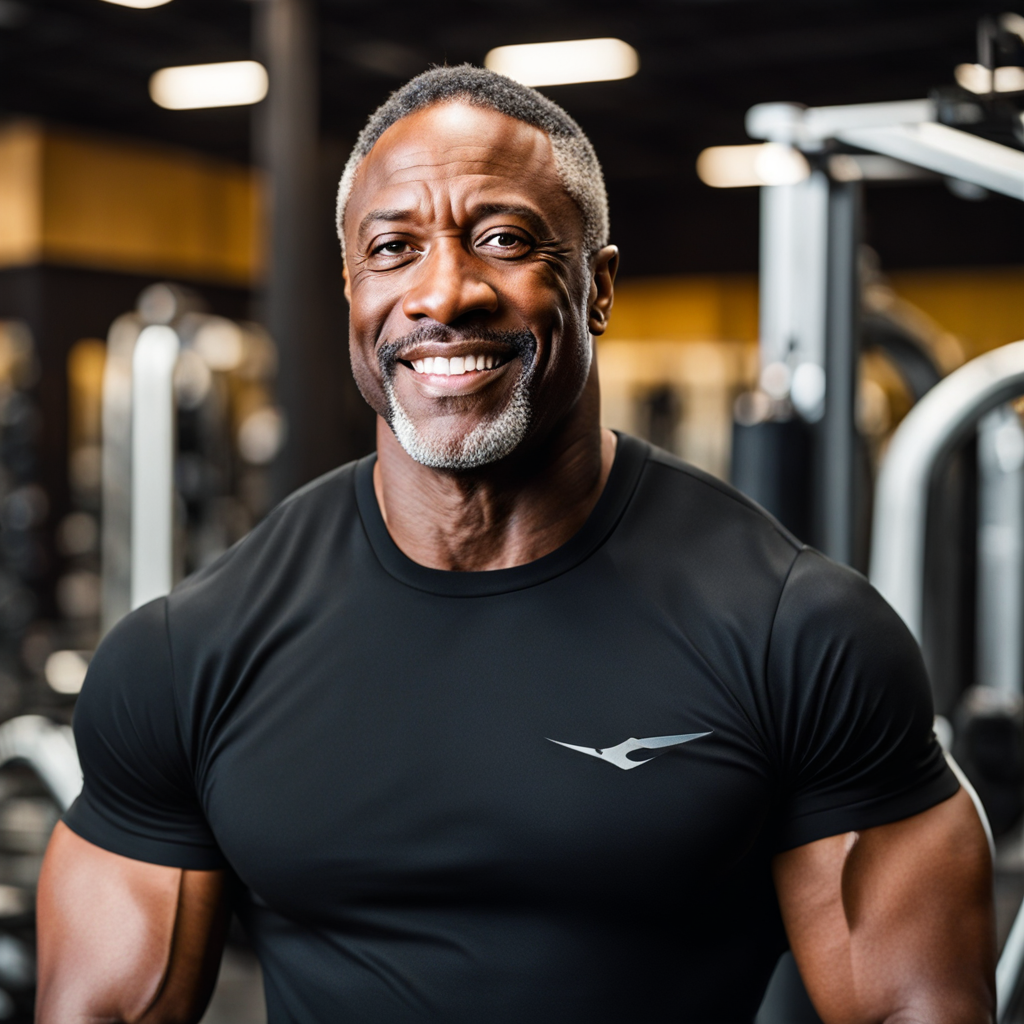Despite being an exercise in fitness programs, many people struggle to execute it correctly. When performed accurately, push-ups can truly challenge experienced fitness enthusiasts by placing significant demands on the body's strength.
To fully understand the importance, it is recommended to follow the form outlined in the sections. It is essential to incorporate a pause at both the top and bottom of each movement, avoiding any reliance on momentum. However, before diving into details, let's start from square one.
Push-Ups: Not for Beginners
Contrary to what some trainers and individuals believe, push-ups are not solely meant for beginners. They shouldn't be considered as the foundation of your fitness routine; instead, they should be embraced once you have established a core foundation. Executing push-ups correctly requires skills and precision in form and technique.
Many people unknowingly cheat when performing push-ups, doing repetitions with a form that yields no real progress. Athletic individuals can find push-ups challenging when executed with accuracy. It requires strength, coordination, stability, and awareness of body movements.
When you perform a push-up, you're exerting force equal to 70% of your body weight. At the time, this movement requires an amount of energy to coordinate all the motor skills involved in engaging your entire body. Most trainers wouldn't recommend beginners to lift weights when doing push-ups. Mastering the form with these weights would be quite challenging when doing push-ups.
In this guide, we will discuss mistakes in training and provide detailed instructions on how to execute push-ups correctly.
The Rotational Aspect of Push-Ups
Understanding that push-ups involve movements is crucial. Your entire body rotates around a pivot point created by your feet, resulting in a circular motion across your body rather than a simple up-and-down movement.
Maintaining Alignment
It is commonly agreed upon that maintaining a straight line in your body during push-ups is important. However, it's incorrect to assume that the top of your glutes should align with your ankles, knees, and shoulders. Instead, proper alignment involves considering five points: ankles, knees, hips, shoulders, and head. Aligning the hips with these points would slightly raise the glutes above the rest of the body.
Preserving Natural Curvature
It's essential to maintain the curve of your spine during push-ups in the lumbar region. When performing push-ups, it's important to maintain a position with the hips aligned with the rest of the body.
To achieve the push-up posture, you should aim to replicate standing posture, which helps preserve the natural curve of your lower spine. Engage your muscles to prevent your stomach from sagging below your torso. This will reduce the risk of your pelvis tilting forward and excessive curvature in your lower back.
Quad Contraction Over Glute Squeezing
While squeezing your glutes may be helpful for exercises, it's not the effective approach for push-ups. Instead, focus on contracting your quadriceps (the muscles at the front of your thighs). This contraction engages your hip flexors and core muscles, providing stabilization for your spine against extension forces. It is especially important during planks, weighted push-ups, as it prevents knee flexion caused by gravity.
Optimal Hip Position

For activation of extension-resisting forces during a push-up, position your hips higher. This positioning actually makes the exercise more challenging and poses a risk to spinal health compared to lower hip positioning. Lowering the hips much shifts the focus onto the spine and can result in poor-quality push-ups.
Correct Head and Neck Alignment
To maintain head and neck alignment during push-ups, avoid tucking in your chin or compressing the spine. These actions can decrease signaling and hinder shoulder function. To ensure form during push-ups, it's important to maintain a head and neck position that aligns with your spine.
Elbow Positioning and Shoulder Stability
Elbow positioning and shoulder stability are factors in avoiding muscle injuries. Avoid flaring your elbows to around 70 to 90 degrees. Instead, focus on retracting and depressing your shoulders while rotating the scapula towards the spine. This position improves the interaction between the shoulder blades and upper arm bones (humerus) during the exercise.
The Overlooked Importance of Foot Placement
Foot placement often plays a role in executing push-ups correctly. Stand on your toes with the balls of your feet off the ground. During the push-up movement, aim for forming an angle between your feet and the floor. This allows for micro adjustments to optimize body orientation.
Hand Mechanics for Precision

Hand mechanics also contribute to precision during push-ups. Pointing your fingers ahead helps center your shoulders, retract the shoulder blades, and provide support to the elbows. This promotes recruitment of the latissimus dorsi muscles (lats) and overall stability during the exercise. Just as foot placement is important in squats, hand positioning is key in push-ups.
Depth and Range of Motion
The depth and range of motion in a push-up are crucial for achieving benefits from this exercise. Ideally, you should lower your body millimeters above the floor, which intensifies its impact and triggers muscle growth (hypertrophy). Keep in mind that most of the movement occurs in the chest area and head due to its nature. Make sure that when doing push-ups, only the upper part of your body touches the floor. Avoid making contact with your chest, stomach, hips, or knees.
The Ring Test
To accurately assess your form and strength, try doing push-ups on rings and compare the number of reps to your push-up maximum. If you can do more than 80% of your push-ups on the rings, it might be worth reevaluating your form. Incorrect form during push-ups could be the reason for this difference.






